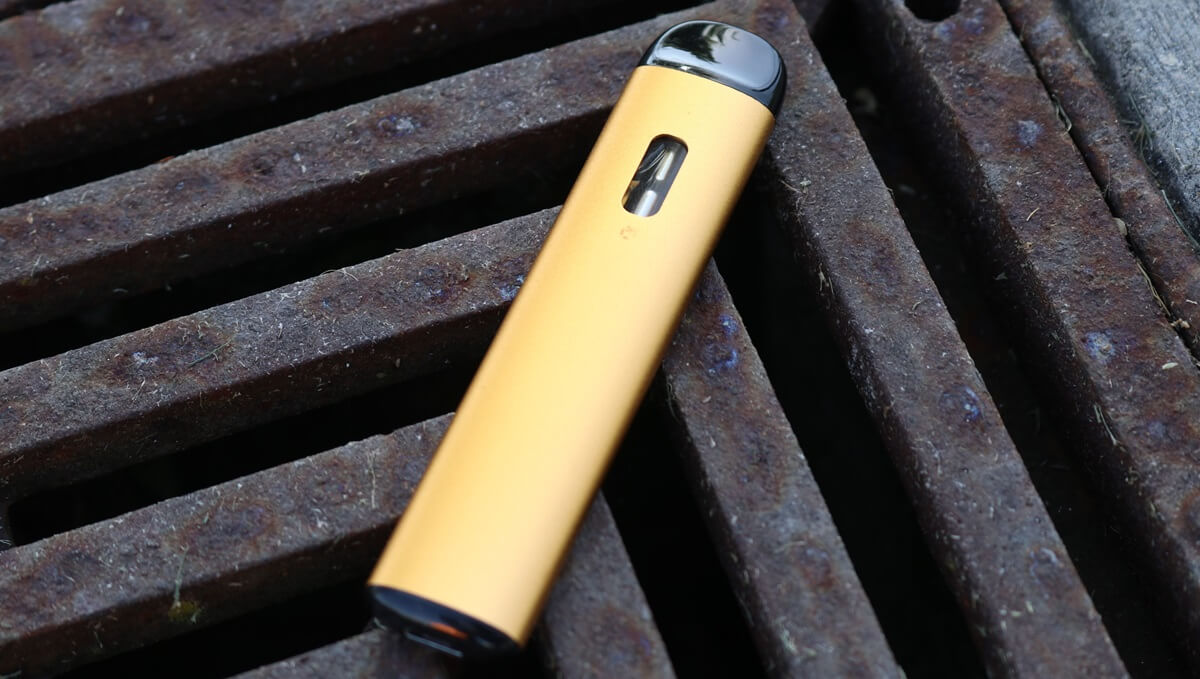Smoking is a practice that has existed for thousands of years, first reserved for religious ceremonies and events in ancient civilisations, before more recently being commercialized and used recreationally. As cigarettes first became mass-produced in the 1800s, advertising campaigns were rampant and spread popularity for smoking throughout the world, with manufacturers encouraged to conjure formulas with a mixture of carcinogenic chemicals, leading to more damning evidence from the medical community that the practice was extremely harmful to our health.
Nicotine proved to be a highly addictive substance, so when it became not only common knowledge – but also parts of active educational campaigns and legislative reform – that smoking could lead to cancer and other health issues, a significant proportion of smokers could not quit their habit due to overwhelming withdrawal symptoms throughout their body; a damning statistic that continues even to this day.
As a result, smoking-related illnesses still relate to over 7 million deaths across the world, every year, with 24,000 of those lives lost belonging to Australians. What’s worse, is that even passive smoking – where the toxic smoke emitted from cigarettes is inhaled by others in close proximity – leaves those living with smokers to have a 25% to 30% higher risk of developing a smoking-related illness, and contributing to an extra 1.2 million deaths throughout the world, year-on-year.
There have been new alternatives that are causing many smokers to consider making a switch in their nicotine consumption. Vapes and e-cigarette products have been available since the beginning of the 2000s, and continue to accumulate more market share with every passing year, with some estimations suggesting the industry will grow from the 2020 valuation of USD $15 billion by 28.1% from 2021 until the end of the decade.
Unlike cigarettes, vaping devices allow the user to inhale a substance known as ‘e-liquid’ or ‘e-juice’ after it is heated and turned into a vapour (hence the name), as opposed to smoke. The levels of nicotine in e-cigs vs cigarettes is not an exact science, but it can be better managed by the user, and as a result, many people are transitioning to vapes over cigarettes, particularly as a method of cutting back on their consumption of nicotine, or as a method to quit their habit altogether. This can be extremely helpful as traditional methods like quitting cold turkey (suddenly stopping all consumption of nicotine) can have varied rates of success, largely due to the onset of heavy withdrawal symptoms masking benefits felt by the body.
Opting to use vapes as a way to reduce your intake of nicotine is similar to the gradual reduction in cigarettes approach, which is another popular method of trying to quit. Simply put, smokers will systematically reduce the number of cigarettes they consume within a given period, thereby lessening the severity of their withdrawal symptoms. Oftentimes smokers may also call upon nicotine replacement therapy (NRT) products, which offer a controlled dose of nicotine through gums, patches, sprays – essentially any other forms that don’t include the toxic smoke from cigarettes. Vapes can therefore provide similar benefits through controlled nicotine amounts within e-liquid mixtures, assisting smokers to first match their usual daily intake, and then continually reduce their nicotine consumption over time until they can come off nicotine completely.
With the above in mind, many will still ask, what really is the difference between smoking and vaping, especially when it comes to nicotine in e-cigs vs cigarettes?
Vaping Nicotine delivery vs Cigarettes
As mentioned above, vaping and e-cigarette devices may resemble a similar process to smoking a cigarette, but the nicotine delivery method is vastly different.
The tobacco contained within cigarettes, which also holds the nicotine, is burned off and transformed into smoke, which is then inhaled by the smoker. The nicotine is immediately taken to the lungs and absorbed within the wider bloodstream, travelling first to the heart, before being pumped around the body – including, the brain. Upon arrival in the brain, a response will be triggered where certain cells begin to engage as the nicotine increases electrical activity, and for many, this will activate the ‘reward’ pathway, releasing a range of chemicals that make the smoker feel good.
E-cigarettes, however, are much different. Firstly, you can purchase products that do not hold any nicotine at all, which can simulate the ritual of smoking, without getting the nicotine hit. Many smokers who are highly addicted to nicotine may find more success with vaping that contains nicotine, which more closely imitates smoking. The vaping device itself will then heat the liquid and turn it into a vapour left to be inhaled by the smoker.While smokers will typically finish a cigarette each time, depending on the nicotine strength in your e-cigarette, users can spread out their puffs to balance their daily nicotine intake. It is not a perfect science to calculate how many vape puffs equal a cigarette, but it can prove an effective way to begin the reduction in overall nicotine consumption.
Both vaping & cigarettes are harmful
The problem with cigarette smoke, as mentioned above, is that the nicotine within the tobacco is also accompanied by a range of other harmful chemicals, including lead, ammonia, formaldehyde, carbon monoxide, hydrogen cyanide, arsenic, and benzene. Each of these has carcinogenic elements, meaning once the cigarette is burned and smoke is released, smokers are inhaling each of these and rapidly introducing them to the bloodstream, travelling to every part of their body. This is why, although lung cancer is most prevalent among smokers, cancer can actually develop in every section of the body impacted by smoking, including the mouth, throat, oesophagus, stomach, liver, kidney, pancreas and bladder. Vapours from e-cigarettes, however, do not hold the same list of dangerous chemicals as cigarette smoke. With that being said, vapes do contain potentially harmful chemicals, and although generally a safer option than smoking, shouldn’t be considered safe, particularly for long-term use. Vaping should not be considered risk free, quitting smoking/vaping altogether is a far safer option. Vaping should simply be seen as a short-term option to reduce nicotine over time if safer methods like cold-turkey or traditional nicotine replacement (like gum or patches) have been unsuccessful. In addition, the purchases of e-liquids or disposable vapes from unreputable manufacturers can lead to the potential of other dangerous elements being present within the mixtures, such as cancerogenic chemicals, ultrafine particles, and heavy metals.
Is vaping cheaper than cigarettes?
In Australia, smokers pay some of the highest cigarette prices in the world, thanks to tobacco taxes continuing to rise as a form of deterrent. As a result, those smoking a pack a day could be spending thousands of dollars each year on their habit.
Vaping, however, is a different take on nicotine consumption, as it requires a set of equipment and materials for proper use. For example, you need to purchase vaping devices, e-liquid bottles, not to mention the range of accessories and modifications available on the market to enhance the experience, so there is still the potential to spend significant amounts of money on vaping paraphernalia. The cheapest option (as well as the safest) is to stop smoking and vaping altogether.
With that being said, on average, smokers are still finding they are spending more, with the average vape user (after the initial investment), barely spending over $1000 per year to maintain their refillable tanks.For more information on the differences between smoking and vaping, the nicotine in e-cigs vs cigarettes, or how you can begin using vaping as a means to quit, speak with the professionals at Quit Clinics today by sending a direct enquiry to support@quitclinics.com.






